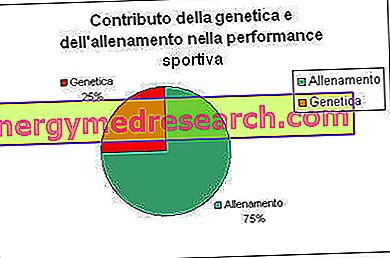Related articles: Retinoblastoma
Definition
Retinoblastoma is a malignant ocular tumor that develops from cells in the retina. It can occur at any age, but onset is more common in childhood, before the age of 5. The onset of the tumor is associated with a specific genetic anomaly, which causes the cells of the retina to grow rapidly and without control. At the base of retinoblastoma, in particular, there is mutational deactivation of both alleles of the tumor suppressor gene RB1, located on chromosome 13q14.
The altered RB1 gene can be inherited from the parents (hereditary form) or develop randomly (sporadic retinoblastoma) during the development of the child in the womb.
Sporadic forms can result from random genetic errors. However, it is known that genetic abnormalities underlying retinoblastoma can also be transmitted from parents to children with a pattern of autosomal dominant inheritance. This means that if a parent is a carrier of a mutated (dominant) gene, each child has a 50% chance of inheriting it and 50% of having a normal genetic make-up (recessive genes). Usually, retinoblastoma is unilateral, but can occur in both eyes (bilateral).
Most common symptoms and signs *
- Eye fatigue
- Halo around the light
- Altered color vision
- Anorexia
- oxeye
- Night Blindness
- Conjunctivitis
- Movable bodies
- Ocular pain
- photopsias
- hypopyon
- leukocoria
- Headache
- Eyes reddened
- Misaligned eyes
- Elevated intraocular pressure
- Narrowing of the visual field
- Reduced vision
- scotomas
- Double vision
- Blurred vision
- He retched
Further indications
The most common sign of retinoblastoma is an abnormal aspect of the pupil, which presents a greyish-white reflex when it is hit by a beam of light (leucocoria or reflex of the amaurotic cat). Other signs and symptoms include strabismus, reduced vision, inflammation of the eye and developmental delay. Less frequently, patients have visual changes. In other cases, it is possible to find neovascular glaucoma, which, after some time, can cause enlargement of the eyeball (buftalmo).
The tumor is particularly aggressive: retinoblastoma can further invade the eye and / or spread to lymph nodes, bones, brain or bone marrow. When the tumor involves the presence of an orbital mass, symptoms such as headache, loss of appetite or vomiting may occur.
The diagnosis is established by examining the fundus with indirect ophthalmoscopy (retinoblastoma appears in the retina as one or more gray-white reliefs). Imaging techniques (orbital ultrasound, computerized tomography and magnetic resonance) are used to confirm the diagnosis and define the staging of the tumor.
About 90% of children with retinoblastoma can be treated, provided the diagnosis is early and treatment begins before the tumor can spread beyond the affected eye. The treatment of small bilateral tumors may include photocoagulation, cryotherapy and radiotherapy by external irradiation or brachytherapy (insertion of a radioactive plaque in the wall of the eye near the tumor). When the tumors are larger, however, enucleation of the eyeball may be indicated. Systemic chemotherapy is sometimes used to reduce tumor volume or to treat tumors that have spread beyond the eye.



